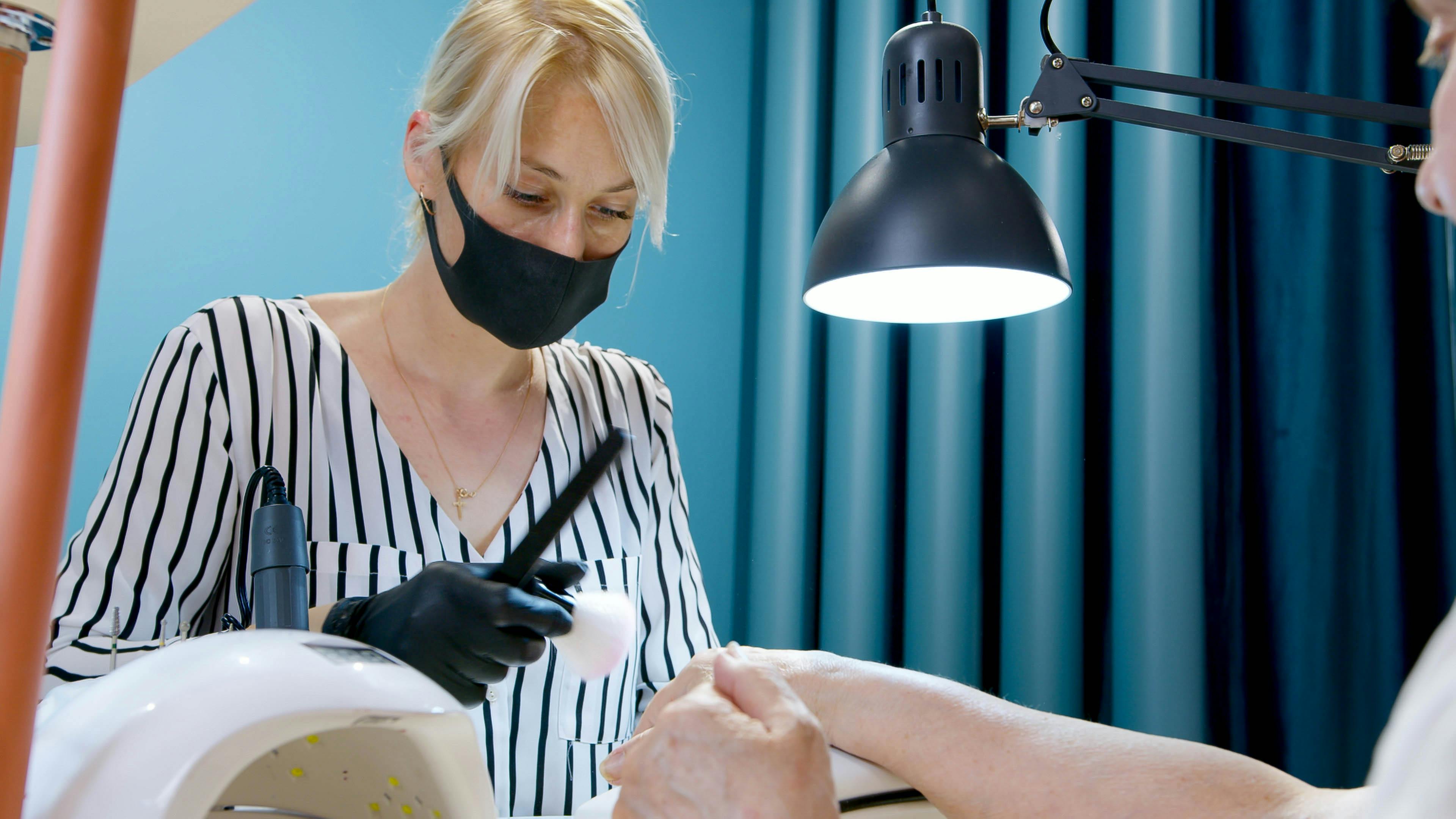The contraceptive IUD is a relatively easy form of birth control to insert and forget. It can provide an extremely high level of protection, and when it works well with your body, it can be left for years with minimal revisions.
Available in a hormonal and copper IUD, both are small devices that are placed inside a woman’s uterus to prevent pregnancy. They work by changing the lining of the uterus, making it inhospitable to pregnancy and preventing sperm from traveling through the uterus and fertilizing eggs. The hormonal IUD also thickens the mucus and prevents sperm from entering the cervix.
The contraceptive IUD is perfect for busy women who don’t want the worry of taking a daily pill or the fuss of other more cumbersome female contraceptives. Best suited for women in stable relationships who are at minimal risk of contracting a sexually transmitted infection, when the IUD works, it really is a quiet contraceptive.
The main advantages of the contraceptive IUD are that, firstly, it is very durable, with the hormonal IUD lasting up to five years and the copper IUD an astounding 10 years. Both IUDs are also relatively inexpensive.
The disadvantages vary depending on the type of IUD. For example, the copper IUD can result in heavier and more painful periods, while the hormonal IUD generally results in lighter periods or no bleeding. Both can cause abdominal pain and cramping and are at risk of developing pelvic inflammatory disease.
Although the contraceptive IUD does have some drawbacks and, like all other forms of female contraception, possible side effects, one of the biggest adjustments to using the IUD is not necessarily physical but mental.
It can take quite a while to get used to not having to worry about getting pregnant or worrying about whether or not it really works. One of the main advantages of the contraceptive IUD is that neither the woman nor her partner can feel it during intercourse, which can initially cause some uncertainty when first used. Some women may also take a while to accept having a permanent plastic or copper device inside the uterus.
To offer peace of mind, most coils have a piece of string or fine nylon threads attached to the bottom end that open up through the cervix and up into the vagina. Their purpose is to make it easier to insert and remove the IUD (which can only be done by a doctor), but they are also there so the woman can reach inside and make sure the contraceptive IUD is still in place for her, sitting where she is. . it’s supposed to be.
Doing this can also take a bit of getting used to and can be quite disconcerting if you can’t locate the threads. In some cases, the strings can be pushed partially or completely out of the uterus. Or, in rare cases, the device can slip through the wall of the uterus and into the pelvic area. This is called uterine perforation, and in this case, the IUD can only be removed during surgery.
However, for most women who choose to use the IUD for birth control, once their bodies have adjusted to the device, they enjoy the benefits it provides. The main benefit is that once inside, it is left to do the job for which it is intended.
In general, the side effects of intrauterine contraception are no more than those of other forms of contraception. If it works well with your lifestyle and you are in a monogamous relationship, the IUD can be very beneficial. Another great benefit is that once removed, there is usually a very quick return to fertility.




